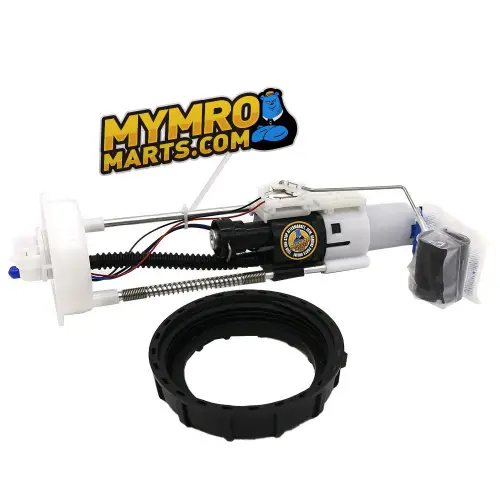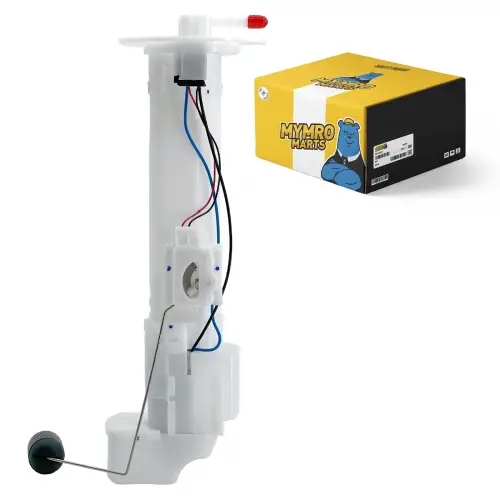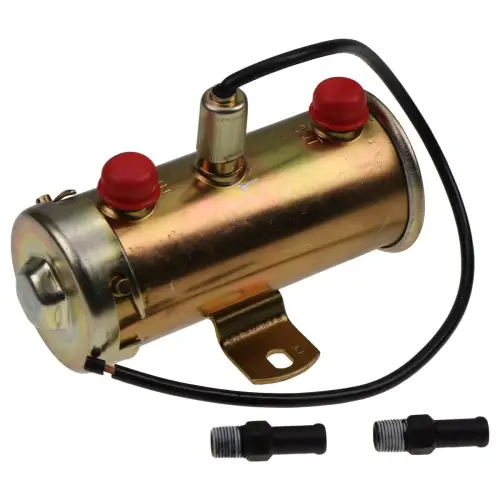How to Check Oil Pump?
Since the oil pump is the part that delivers oil to different parts of the engine, ultimately serving the purpose of lubricating and cooling the engine, its health is directly related to the operation of heavy equipment, so it is crucial for heavy equipment owners to regularly check its condition. In this article, MyMROmarts will thoroughly explain how to check the oil pump and how to determine whether it is damaged.
How to Check If an Oil Pump Is Bad?
Check the oil pressure
Oil pressure is an important indicator for judging the working condition of the oil pump. When the oil pump is working properly, the oil pressure should remain within the normal range. You can check the oil pressure step by step by following the steps below:
1. Find the oil pressure sensor or oil pressure gauge on the heavy equipment.
2. Start the heavy equipment and keep it running to normal operating temperature.
3. Observe the reading of the oil pressure gauge. When the pressure is lower than the normal range, there may be a problem with the oil pump.
Check the oil level
A low oil level can cause the oil pump to not work properly. Regularly checking the oil level is also a basic step in maintaining the oil pump.
1. Turn off the heavy equipment and wait a few minutes for the oil to flow back to the oil pan.
2. Pull out the fuel dipstick and wipe it clean, then reinsert it and pull out the dipstick. Pay attention to checking whether the oil level is between the "minimum" and "maximum" marks.
3. When the level is too low, add oil in time and check for fuel leaks.
Listen to the sound
How to tell if your oil pump is bad? When there is a problem with the oil pump, it will make unusual noises.
Start the machine and listen carefully to the sound near the oil pump.
When you hear a sharp metallic grinding sound or humming sound, it may be caused by a blockage in the internal parts of the oil pump.
Check the appearance of the oil pump
1. Check whether the oil pump housing has cracks or deformation.
2. Check whether there is an oil leakage at the oil pump connection. If an oil pump leak is found, it needs to be handled immediately.
Common Causes of Oil Pump Damage
Understanding the causes of oil pump damage can help prevent problems.
1. Poor oil quality
Using inferior oil will accelerate the wear of the internal parts of the oil pump, especially the diesel oil pump has higher requirements for oil quality.
2. Oil filter blockage
Filter blockage will also increase the workload of the oil pump.
3. Long-term high-load operation
Heavy equipment running under high load for a long time will accelerate the wear of the oil pump.
4. Low oil level
Insufficient oil will cause the oil pump to not work properly.
How to Prevent Oil Pump Damage?
1. Replace the oil and filter according to the cycle recommended in the equipment manual.
2. Choose high-quality oil that meets the requirements of heavy equipment.
3. Monitor the working status of the oil pump through the oil pressure gauge and detect abnormalities in time.
4. Reasonably arrange the working time of heavy equipment to avoid excessive use of the oil pump.
5. When an oil pump leak is found, it should be repaired immediately to avoid causing greater losses.
The oil pump is an important part of the engine of heavy equipment. It is recommended that you check the status of the oil pump regularly to effectively avoid heavy equipment failure. By checking the oil pressure, and fluid level, listening to the sound, and observing the appearance, you can initially determine whether the oil pump is working properly. If you find problems such as engine overheating or increased noise, it may be a sign of oil pump damage. At this time, you may need to consider oil pump replacement to solve the problem.
Taking maintenance measures in time can extend the service life of heavy equipment. I hope this article can help you better understand how to check the oil pump and how to check if the oil pump is broken.
 Track Your Order
Track Your Order







